Find Your Joy & Creativity
How to Write Characters With Secrets, Lies, and Emotional Layers — and Why It Works
Ana
7/22/20255 min read

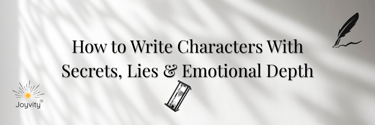
(Disclosure: As an Amazon Associate, I earn from qualifying purchases. This comes at no extra cost to you.)
Dear Joyvity™ Friends,
Some of the most unforgettable characters in literature don’t just chase love, power, or justice — they lie. Not always maliciously. Sometimes to others, often to themselves. And it’s in those lies that their humanity cracks open.
If you're writing a novel, especially one rooted in emotional honesty, here's a surprising truth: your characters will likely lie before they grow. That’s not lazy plotting — it’s masterful storytelling. I have literally found myself making a beloved character hide a significant fact, one that thrilled me but also scared me to explore. I didn’t plan it. It came. And it added colors to the emotional spectrum.
In this blog, we’ll explore why giving your characters secrets, contradictions, and self-deception can deepen your writing, drive your plot, and make your story stick with readers long after the last page.
Why Characters Who Lie Work So Well
1. Lies = Conflict. And Conflict = Story.
When a character lies — to someone else, or to themselves — it creates immediate tension.
It raises the stakes.
It builds suspense.
It demands a payoff.
A lie is never static. It begs to be discovered. And the moment that truth surfaces? That’s your plot heartbeat.
2. Lies Reveal Deeper Truths
The most honest thing about a character might be what they’re hiding.
Why do they lie?
What’s the wound underneath?
What would happen if the truth came out?
These are the questions that shape unforgettable emotional arcs. The lie becomes a keyhole — and readers get to peer into the most vulnerable part of your character’s heart, just like you did when you first discovered it.
3. Lying Creates Subtext
Readers are smart. They don’t just read what’s said — they read what’s missing.
When a character lies, the scene doesn’t end with their words. It lingers in the silence between sentences, in the tension of what wasn’t said.
That’s subtext. And subtext is what separates a good scene from a great one.
4. Self-Deception Is Relatable
Sometimes the most powerful lies are the ones characters tell themselves:
“I don’t need anyone.”
“This isn’t love.”
“I’m fine.”
We’ve all been there. When you write self-deception into your characters, your readers feel seen. It builds empathy, intimacy, and resonance even when the character is flawed.
5. Lies Drive Plot
A well-placed lie can shape an entire novel:
A secret that gets harder to keep
A fake identity that begins to crumble
A cover-up that slowly unravels
A family truth no one will speak of — until someone does
Lies aren’t just character quirks. They’re jet fuel for narrative motion.
But Is This a Real Technique — or Just a Trend?
If this approach feels new to you, you're not alone — but it’s deeply rooted in the craft of great storytelling. Even classic literature leans on this:
Gatsby lies about his past.
Anna Karenina lies to society (and herself).
Holden Caulfield lies constantly to cover emotional pain.
Whether it’s romantic, tragic, or comedic — characters who lie bring emotional dimension.
How to Layer These Lies Into Your Writing
If you want to write characters with real depth, try asking these questions:
What secret are they protecting?
What would they never admit — even to themselves?
What truth scares them most?
What would happen if someone found out?
Then let that lie show up in their choices.
In their dialogue.
In the way they flinch when someone gets too close to the truth.
You don’t need to “make them liars.” You just need to make them human. I struggled with still liking a dear character of mine who kept a significant truth from her best friend. I never intended to have that in, but like I mentioned, it came, it made sense, and in the end, it made her imperfect and ultimately more human.
✦ ✦ ✦ Your Writing Habits and Rituals Matter
I mention writing rituals often because it has been my experience that showing up daily to write, especially when working on your first draft, is the most important thing a writer can do. Every. Day. For. Draft. One. See my article on this: The Power of a Writing Ritual: How Daily Practice Keeps Your Story Alive.
Part of this daily writing ritual is also journaling, and using tools that are familiar and provide the comfort and security that soothes the aimless, often uncertain nature of first-draft writing. Here are my anchors that I hope inspire you as you build yours as well:
Journal – PU Leather, elegant and practical, available in 10 colors


Its thread-bound lay-flat feature makes it easy for all hand users to write on every page. It has 216 ruled pages that don’t ghost or bleed-through. Just lovely!
Pen – Bic Velocity 1.0 in black
I have used these for years due to their comfortable grip and easy glide system. I won't write with anything else!
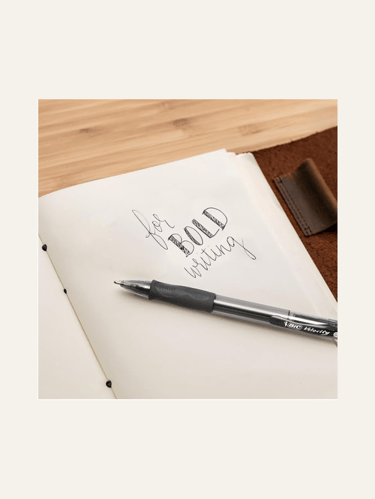

A Candle That Grounds You
Choose a scent that signals focus — sandalwood, lavender, or something personal that reminds you of warmth and stillness. This here is the one I prefer.
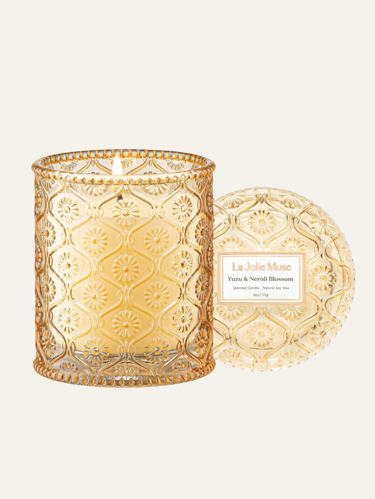

A Ceramic Mug That Feels Like Yours (Unisex)
There’s something grounding about holding the same mug every day — it becomes part of your creative identity. I love this one: the image on the outside, the writing on the inside, the feel & the shape.
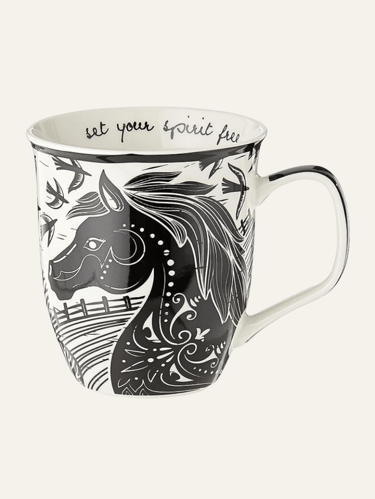

An Hourglass That Binds Your Time
Flipping an hourglass at the start of your writing block turns time into something tangible — a visual ritual that signals focus, presence, and the gentle pressure of now. This is mine - 60min.
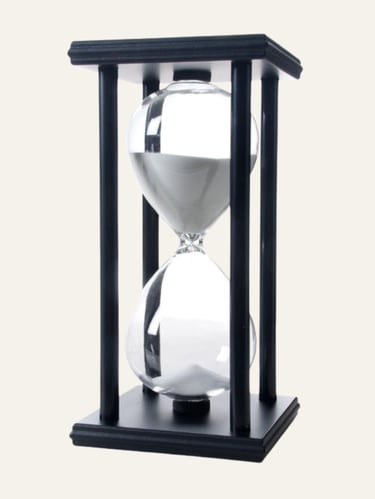

👉 You can also explore more in my gift guide for writers: Gift Ideas to Support a Writer’s Daily Rituals
Final Thoughts
Characters with secrets and contradictions don’t just drive plot — they reflect real life.
They let us explore truth by starting with lies.
They connect us, remind us, and surprise us.
So the next time you feel stuck with a character… pause and ask:
What lie are they living with — and why?
You might find your story has been waiting for that answer all along.
With warmth and creativity,
Ana
Copyright © 2025 Ana and Joyvity™. All Rights Reserved.